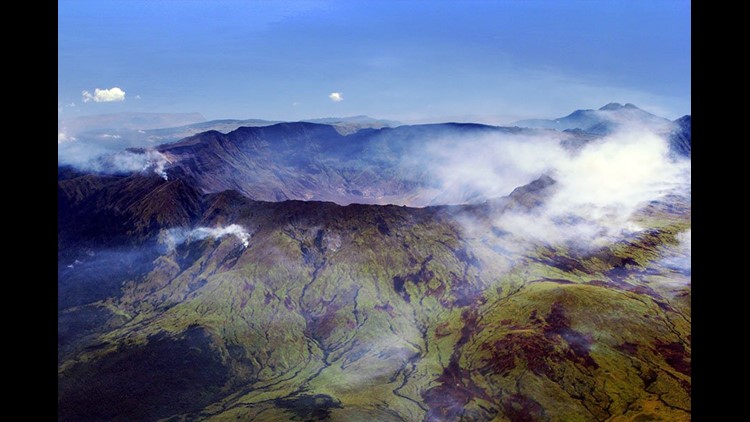Imagine having to shovel snow in June or having a killing frost or worse yet having a year without a warm summer season. That all happened back in 1816 when a massive volcano erupted in Indonesia on Mount Tambora. To this day it stands as one of the strongest volcanic eruptions in recorded history. An immense amount of ash and dust ejected from the volcano vented high into the atmosphere where high altitude wind spread a hazy veil around the globe. Prior to this eruption there were a series of volcanic eruptions starting in 1812 that had contributed to a build-up of atmospheric dust but the final blow came in 1816. So after Tambora there was enough dust blocking enough sunlight so that temperatures worldwide began to trend well below normal.
The greatest devastation from the colder temperatures that year came in the form of damage to crops. New England was particularly hard hit where the corn crop was virtually wiped out. Crop failures in Canada and across Europe caused the price of other food commodities to rise sharply. Temperatures went below freezing almost every day in May. Then on June 6th 1816 weather history was made when snow accumulated across much of England. Snow flurries occurred in the mountains of northeastern PA! In July and in August lake and river ice was reported as far south as Pennsylvania. This was a nightmare come true.
It is certainly not out of the question that something like this could happen again. For sure there are many active volcanoes around the world and anyone of them could undergo an explosive eruption at any time belching massive amounts of sun blocking dust and ash back into the atmosphere. But indeed 1816 will long be remembered as ‘the year without a summer’.
Take a virtual tour of Mt. Tambora here.



